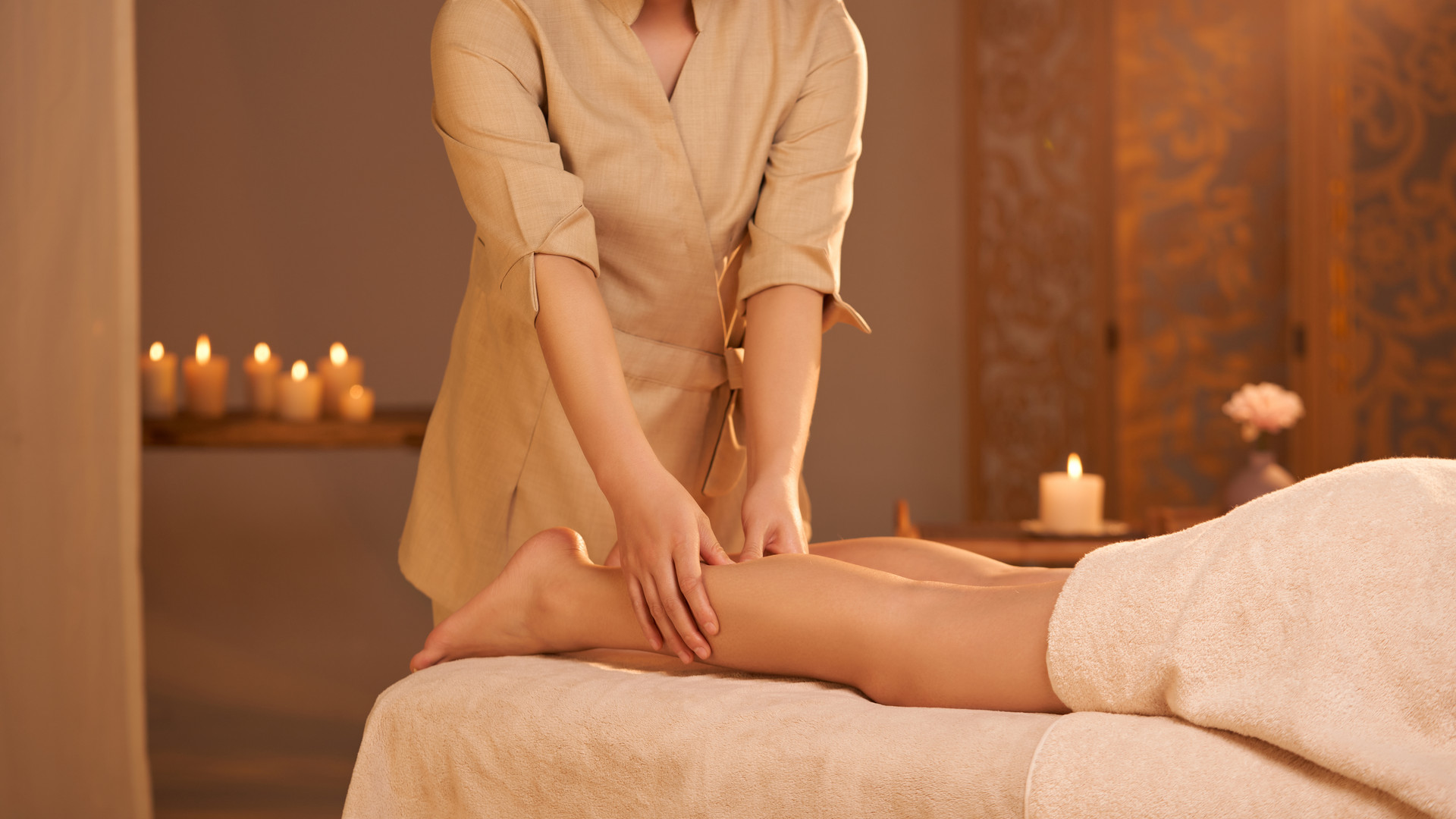People who frequently use computers at work often experience symptoms such as neck pain and dizziness, which is known as cervical spondylosis. Massaging specific acupoints can alleviate the symptoms of cervical spondylosis. Let's take a look at the five acupoints that can help treat cervical spondylosis.
Office workers who spend long hours looking down are more susceptible to cervical spondylosis, and the condition is becoming more prevalent among younger individuals. Prolonged neck flexion can lead to muscle fatigue and degeneration of the cervical spine, resulting in symptoms such as neck pain, nausea, and dizziness. Massage can help alleviate cervical spondylosis. Let's take a look at the five acupoints that can help relieve the condition.
1. Kneading Fengchi Acupoint
Location:
Located on both sides of the back of the neck, below the occipital bone and on the outer side of the large tendon near the hairline.
Massage Technique:
The person receiving the massage should sit upright, while the masseur stands behind them. The masseur should support the person's forehead with one hand, and use the thumb and index finger of the other hand to knead the Fengchi acupoint for about half a minute, with the aim of producing a local sore and swollen sensation.
Purpose:
This acupoint has the functions of calming the liver, relieving wind, detoxifying, and promoting the smooth flow of the meridians. It is commonly used to treat symptoms such as dizziness, headache, neck discomfort, limited neck mobility, and sensitivity to wind and cold caused by cervical spondylosis.
2. Rubbing Bingfeng Acupoint
Location:
Located in the center of the hollow between the acromion and the spine of the scapula, directly above the Tianzong acupoint.
Massage Technique:
Sit in a comfortable position and use the three fingers (index, middle, and ring fingers) of the opposite hand to rub the Bingfeng acupoint for 2 minutes, until the shoulder and back feel sore and swollen, and the upper limbs feel weak.
Purpose:
This acupoint has the functions of dispelling wind, promoting blood circulation, and relieving swelling. It is commonly used to treat symptoms such as cervical spondylosis, stiff neck, shoulder pain, and numbness of the upper limbs.
3. Rubbing Tianyou Acupoint
Location:
Located below the mastoid process, at the posterior margin of the sternocleidomastoid muscle, and approximately at the level of the lower jaw angle.
Massage Technique:
Sit in a comfortable position and use the thumb to knead the Tianyou acupoint in a circular motion for 3 minutes. Both sides can be massaged simultaneously. Apply moderate pressure and aim for a noticeable soreness or tenderness in the local area.
Purpose:
This acupoint has the functions of clearing the head, improving vision, and promoting meridian circulation. It is commonly used to treat symptoms such as headaches, dizziness, and spasms and stiffness in the neck, shoulder, and back.
4. Rubbing Jianjing Acupoint
Location:
Located at the midpoint between the seventh cervical vertebra and the acromion, at the back of the neck at the root of the neck.
Massage Technique:
The person receiving the massage should sit upright, while the masseur stands behind them. The masseur should use both thumbs to press the Jianjing acupoint for about 1 minute, and then rub the acupoint for about 2 minutes, until a sore and swollen sensation is felt in the local area.
Purpose:
This acupoint has the functions of dispelling wind, clearing heat, activating collaterals, and reducing swelling. It is commonly used to treat symptoms such as headache, neck pain, limited neck mobility, muscle spasms in the neck area, shoulder pain, frozen shoulder, and inability to raise the arms.
5. Rubbing Quechi Acupoint
Location:
Located on the outer side of the elbow joint, on the transverse crease of the elbow.
Massage Technique:
The masseur should hold the person's arm with their left hand, and use the right thumb to rub the Quechi acupoint in a clockwise direction for 2 minutes, and then rub it in a counterclockwise direction for 2 minutes. Alternate between the left and right hands, aiming for a sore and swollen sensation in the local area.
Purpose:
This acupoint has the functions of clearing heat, nourishing yin, reducing counterflow, and activating collaterals. It is commonly used to treat symptoms such as headaches, dizziness, cervical pain, electric-like pain in the upper limbs, and numbness in the arms.
The above are the acupoints for treating cervical spondylosis. Massaging these five acupoints can effectively alleviate the symptoms of cervical spondylosis. People who frequently work with their heads down should regularly move their necks.












